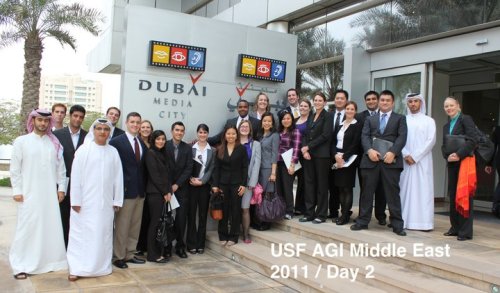
Looking official in our Honda gear
At Honda, the new slogan is “The Power of Dreams,” which was appropriate during our visit to given the potential of Turkish manufacturing industry and since we took a 2 hour bus ride out to Honda Türkiye, Turkey’s Honda manufacturing plant. This particular plant churns out 106 Honda Civics a day, delivered domestically and to 11 neighboring countries. Inside, we met with Pinar Demircan from the company’s Management Planning division, and she outlined the history of the firm and its current production specs. We discovered that the local market for cars is currently largely driven by price, which we’ve seen before (see UASC), so the company’s future success will depend on its ability to increase the scale of its production or ignite new demand for electric or hybrid vehicles.
After the presentation we were treated to a tour of the manufacturing plant itself, from parts to assembly to paint and finish. With our borrowed white lab coats and safety goggles on, we looked like official inspectors as we navigated around pulleys, robots, and a manual labor force that takes a break only when Beethoven’s Fur Elise blasts across the plant’s loudspeakers. It was apparent that the company’s 5 S system (Seiri, or Simplification; Seiton, or Organization; Seiketsu, or Tidiness; Seisou, or Cleanliness; and Shitsuke, or Discipline for all of the above) extended towards its visitors, as we all fell into a neat line while walking from one checkpoint to another to hear each division leader’s synopsis of their process and workflow. The interplay of relations between Turkey and Japan was especially interesting to view as we noted many Japanese phrases translated into Turkish around the plant.
Our tour ended with a look at the finished product: a shiny new Civic built by members of a growing and young Turkish middle class with the skills necessary to grow and the “power of dreams” as its watchwords.











